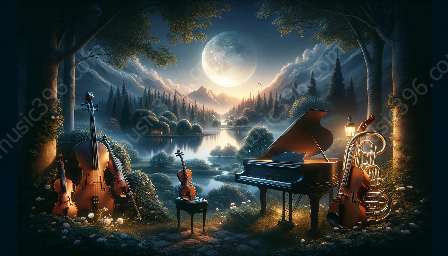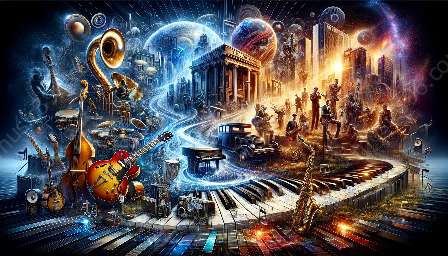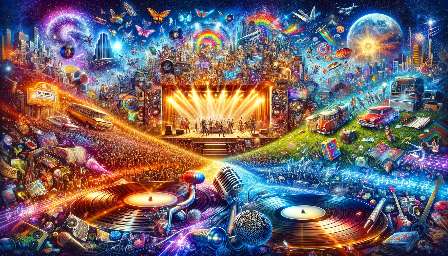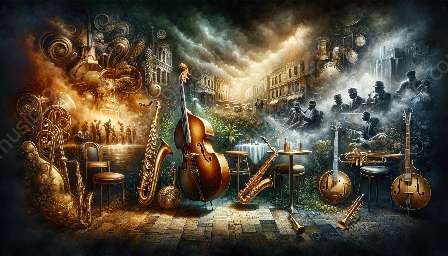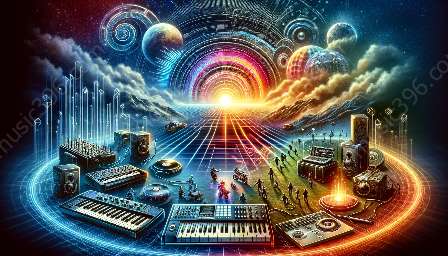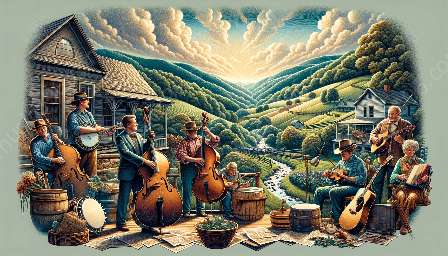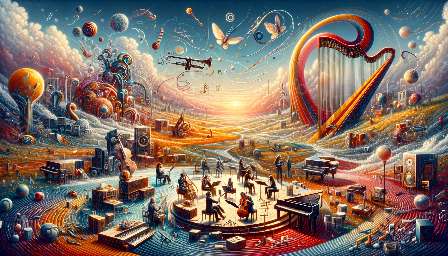Introduction:
The 20th century witnessed a profound transformation in popular music genres due to advancements in technology. From the invention of electric instruments to the rise of digital recording, technology played a pivotal role in shaping the sounds and characteristics of various music styles.
Electric Instruments and Amplification: The early 20th century saw the emergence of electric instruments, such as the electric guitar and bass, which revolutionized the way music was created and performed. These instruments offered greater volume and tonal versatility, leading to the development of genres like rock and roll, jazz fusion, and electric blues. The introduction of amplification further amplified the impact of electric instruments, allowing musicians to experiment with new soundscapes and create high-energy performances.
Recording Technology: The development of recording technology had a profound influence on the evolution of popular music genres. The ability to capture and replicate sound opened up endless possibilities for artists and producers. With the introduction of magnetic tape and multitrack recording, artists could layer and manipulate their music, paving the way for genres like psychedelic rock, progressive rock, and electronic music. The widespread availability of vinyl records and later, compact discs, allowed for the mass distribution of music, leading to the global dissemination of various genres and contributing to the diversification of popular music.
Synthesizers and Sampling: The invention of synthesizers and the popularization of sampling in the latter half of the 20th century brought about a revolution in music production. Synthesizers enabled musicians to create a wide range of sounds that were previously unattainable, leading to the emergence of synth-pop, new wave, and electronic dance music. Sampling, the practice of using pre-recorded sounds in new compositions, became a defining feature of hip-hop, rap, and R&B, reshaping the sonic landscape of these genres and giving rise to innovative forms of musical expression.
Digital Revolution: The digital revolution in music production and distribution marked a significant turning point in the 20th century. The advent of digital audio workstations (DAWs) and computer-based recording software allowed for unprecedented levels of creative control and manipulation. This facilitated the rise of genres like EDM, dubstep, and contemporary pop, characterized by intricate production techniques and sonic experimentation.
Conclusion: Throughout the 20th century, technology continuously pushed the boundaries of popular music genres, catalyzing the emergence of diverse and innovative styles. From the electrification of instruments to the digital revolution, advancements in technology profoundly impacted the history of music, shaping the sonic landscape and driving the evolution of popular music genres.





